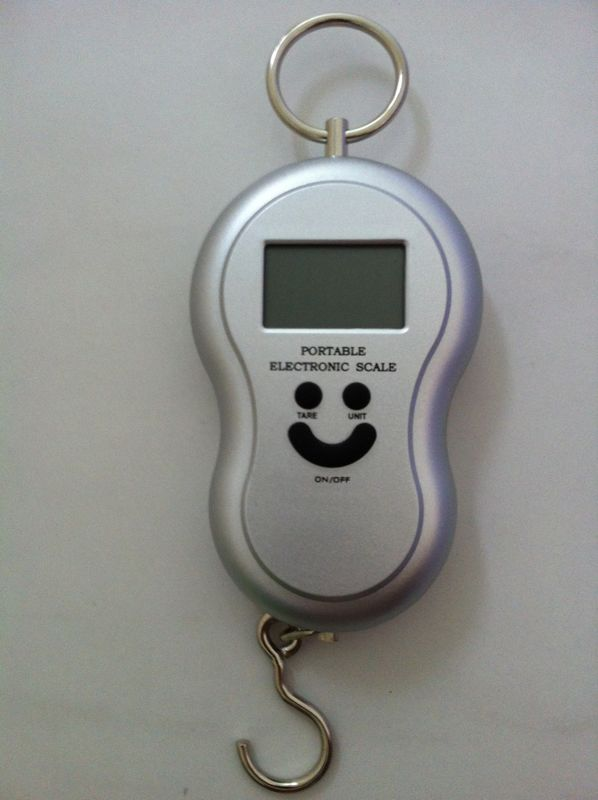You can string a racquet using a single 10m string with 2-knots, or, with 2x5m lengths and secure these 2 strings with 4-knots - see examples below.
 |
| 4-knots with equal tension of horizontal and vertical string |
 |
| 2-knot with equal tension throughout |
INFO - If you strung a racquet and then remove the string used, it will measure 8.3-8.5m.
Browsing the internet for stringing patterns, you will notice different manufacturers show pictures of either 4-knot or 2-knot patterns.
In addition, there are references for the horizontal tension to be +1/2lbs higher than the vertical when doing 4-knots.
And talking to friend(s) overseas, there seem to be regional preference(s) eg 4-knots for Down Under (Australia, NZ), around 50/50 in ASEAN nations, etc.
Thus it looks like there is no clear dominance of either 2/4-knots, either than regional influences (at this point of time).
Personally, I prefer the feedback from racquets strung using 2-knots as a single string is used thru-out the frame which permits the tension to be spread out more evenly (especially after a few hits). It's alike the bi-wiring in HIFI e.g if you check the internals of an amplifier the 2 pairs of terminals are fed from the same source, and, HIFI designers say they provided the facility due to consumer demand not because it truly provide advantages.
Similarly I do the same tension on both vertical and horizontal lines when doing 4-knots - everyone who has tried my 4-knot hybrid stringing have provided good feedback so far.


























